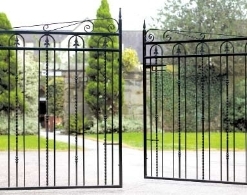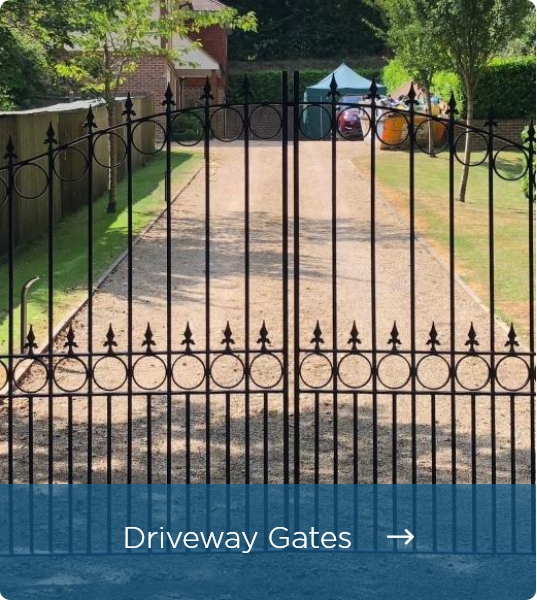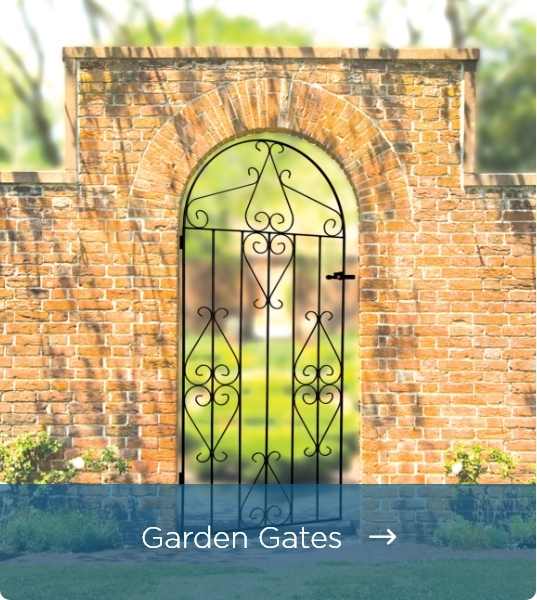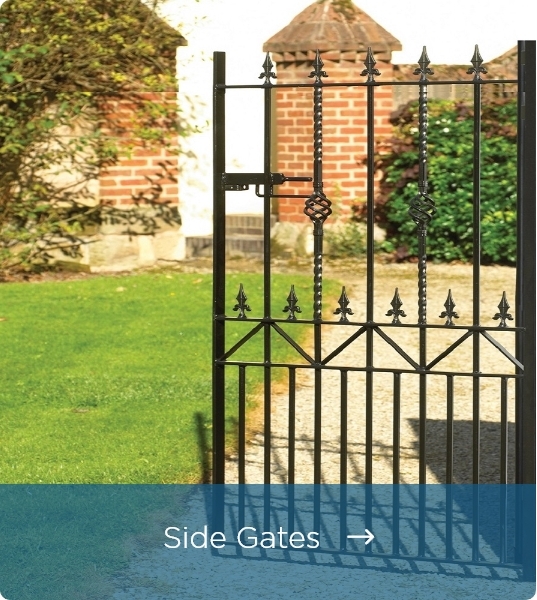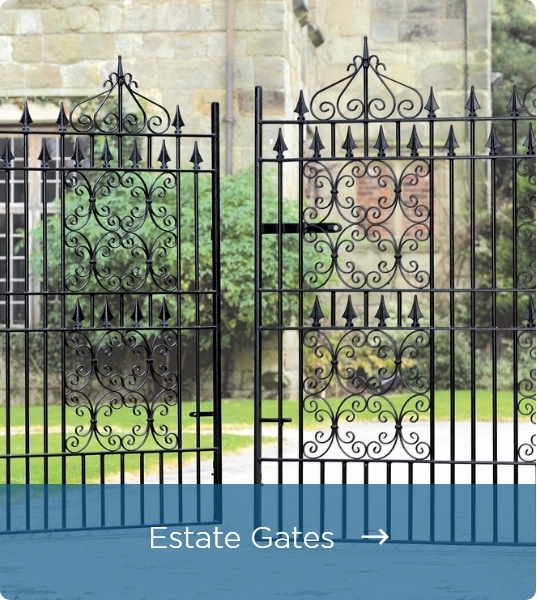How to Choose a Gate Based on the Architectural Style of Your Property
When considering buying a new gate for your home, careful consideration will be required to ensure it fits in with the architectural style of the property and its surrounding landscape. In this buying guide, we provide you with easy-to-understand advice to ensure you select a gate design that will complement your homes character.
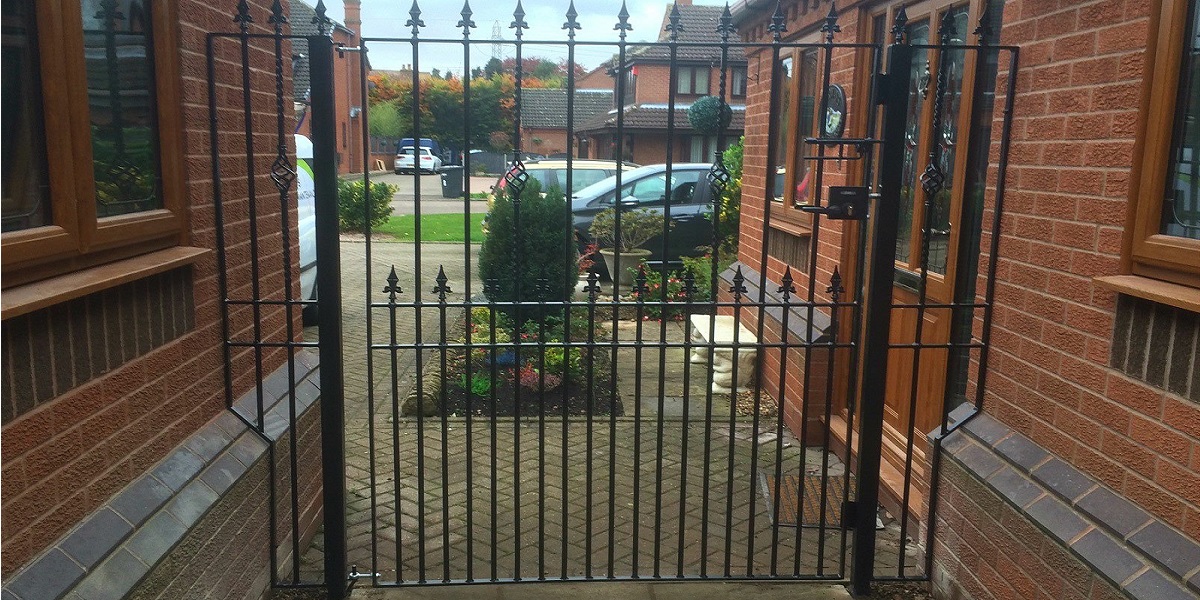
Understand the Architectural Style of Your Property
To start with, we recommend that you first identify the architectural style of your property. Some of the most common are detailed below.
- Georgian: These properties usually encompass classical architectural principles and are typically built of brick or stone. They will feature symmetrical design elements, including sash windows, panelled doors, and flat-fronted elevations.
- Victorian: They are identified by their ornate decorative elements, complex asymmetry, and mixture of building materials.
- Edwardian: This style of architecture includes properties built up to the year 1914. It saw a move towards a more elegant housing design that often includes the use of unique design elements from different countries.
- Modern: Built from a variety of materials, including glass, steel, and concrete, they will typically feature a minimalist, eco-friendly aesthetic. They can be easily identified by the prominent clean lines, open floor plans and large windows.
Think About the Landscape Design of Your Garden
It will be beneficial for you to factor in the location where the gate is installed, as the existing landscape design will influence the most appropriate design to choose. We recommend you consider the following factors:
- Design: Formal gardens and outdoor spaces are well suited to ornate gates that feature decorative elements such as wrought iron scrollwork, etc. In comparison, a modern landscape will be much better suited to a gate with minimal design features to enable a more contemporary aesthetic to be maintained.
- Footpaths: If your property has a footpath, make sure that the gate can be appropriately aligned with it to maintain symmetry.
- Boundary Fencing: When the garden already incorporates fencing around the boundary, choosing a gate design that matches or complements its style will ensure a balanced and harmonious appearance in your outdoor space.
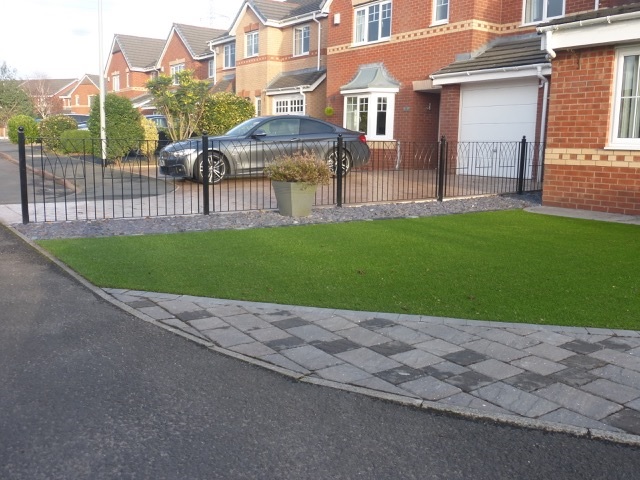
Consider an Appropriate Material
To ensure the gate will blend with the home, garden, and surrounding landscape, it is crucial to choose the suitable material for the environment. The most common options include:
- Wood: Provides a natural charm and character and is the perfect addition to traditional and period homes.
- Wrought iron: Most gates made of this material feature ornate detailing and are especially well suited to Victorian homes.
- Metal: This is a versatile material. Thanks to the wide range of design options available to choose from, it is well suited to almost any style of architecture.
- Aluminium: This lightweight, rust-resistant material is an excellent choice for contemporary properties; however, if you can find an appropriate design, it can work equally well within a traditional property type.
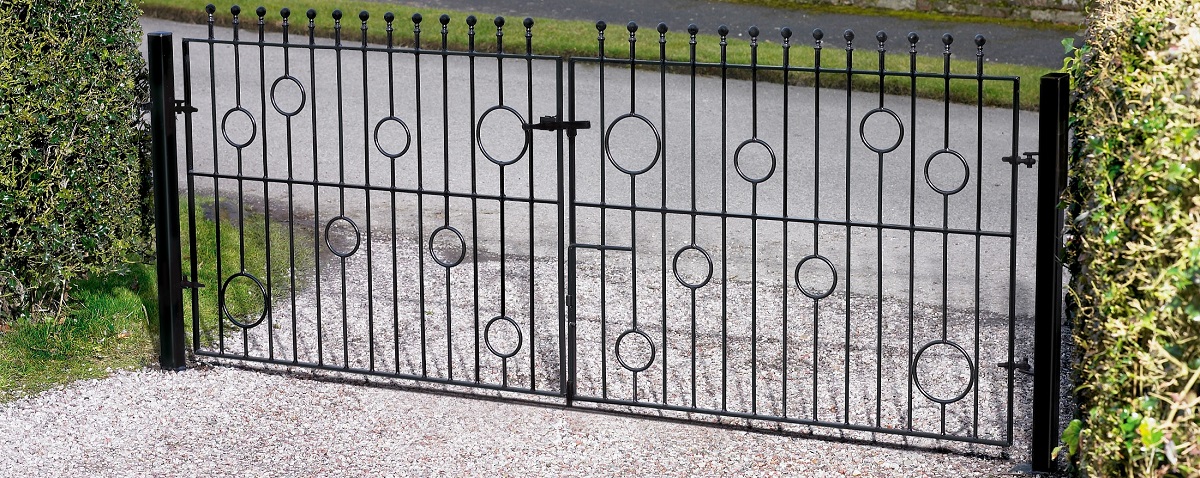
Select the Right Gate Type
The next stage will be for you to decide the most appropriate gate type to suit your needs. Here are the three most common designs used for residential properties:
- Swing Gates: For smaller openings, a single gate is usually sufficient; however, for wider entrances, you may need to have double gates.
- Sliding Gate: As the name would suggest, this type of gate slides open sideways and runs on tracks.
- Bi-Fold gate: If the entrance is sloping or space is restricted, this gate type is an excellent choice as they have a smaller swinging radius than standard gates. You can learn more about these here.
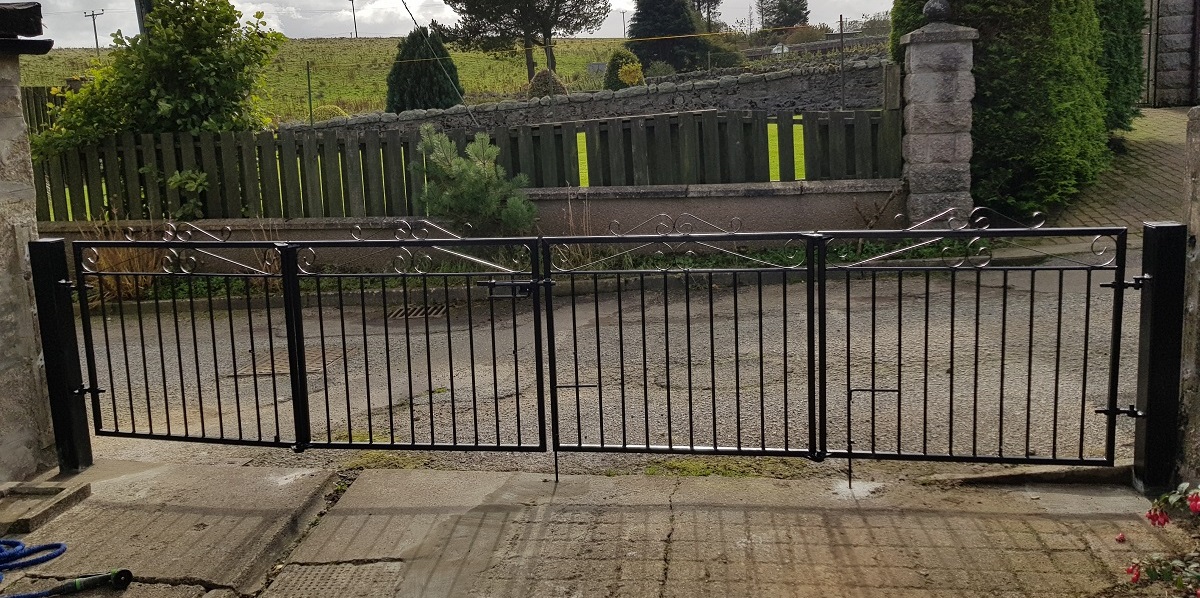
Match the Gate Design to Your Properties Architectural Style
To ensure a proper match with the style of property that you have, we have provided you with some ideas below:
- Georgian homes: A design with symmetrical elements works well and will provide a graceful appearance to the entrance.
- Victorian homes: Ornate patterns and decorative designs work well for this property type.
- Edwardian homes: Understated designs with a simple appearance work best for this architectural style.
- Modern homes: Less is more for a gate located within a contemporary property, and most often, aluminium will be the material of choice.
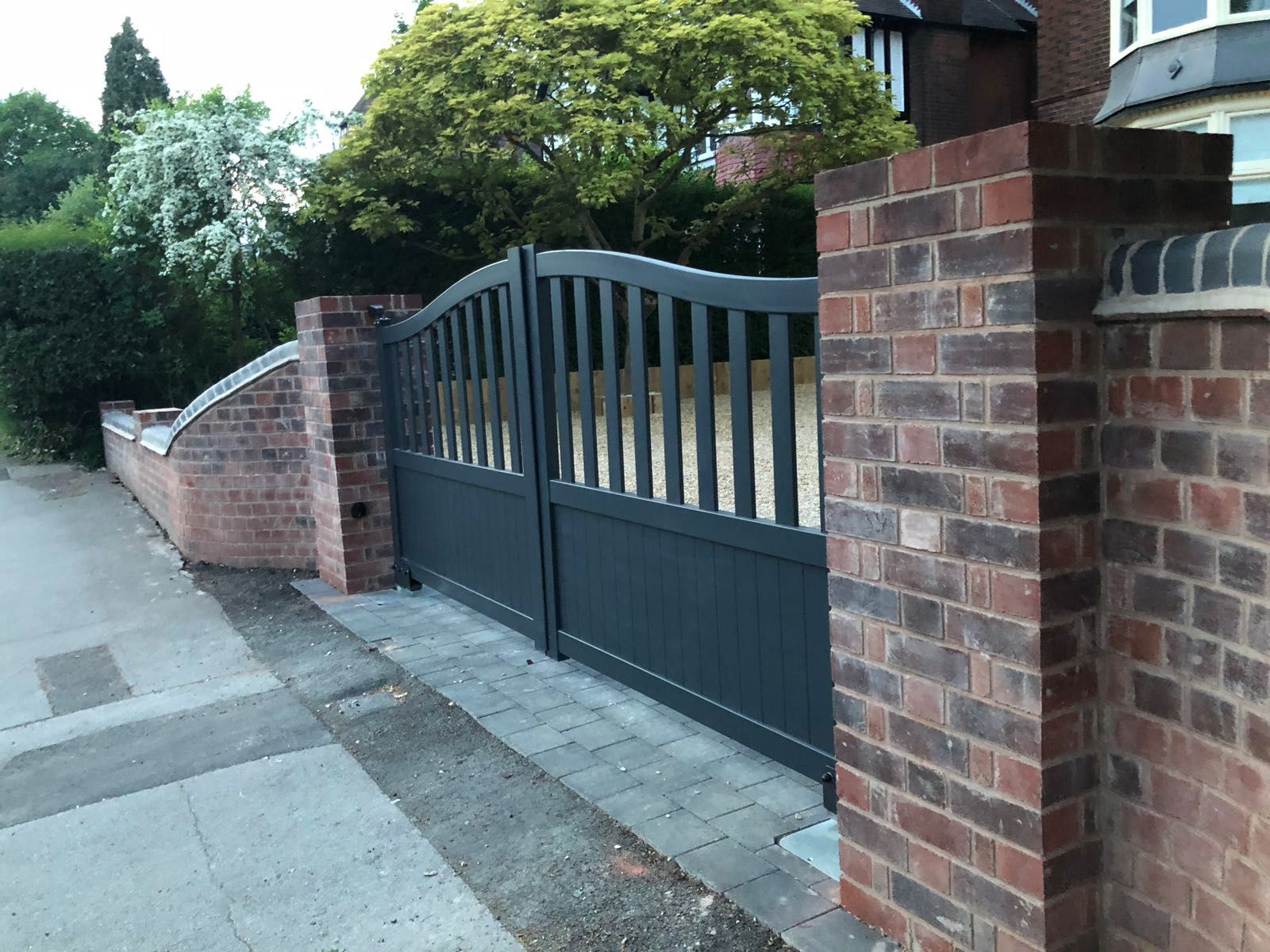
Select an Appropriate Colour
Painting your gate in a colour that is appropriate for your property is a must.
- Neutral: Depending on your personal preferences, white, beige, or black is a safe choice and will suit most styles of architecture.
- Bold: Bright colours will provide a stark contrast with the surrounding landscape and are exceptionally well suited to contemporary properties.
Think About Security Upgrades
Whilst a gate should provide security to an entrance, it should also be able to retain ease of access to its authorised users.
- Locking Mechanism: Depending on the level of security you need, you may wish to include a locking option (other than simply securing with a padlock).
- Automatic opening: If you would like remote control operation of driveway gates, consider adding an electric motor.
Ensure You Meet Local Authority Regulations
Before spending any money, it is advisable to ensure that the installation will not require any planning permission. We therefore recommend you check your local council website for information or get in touch with them via phone or email.
Ask Suppliers and Installers for Expert Advice
Although the difficulty of specifying a new gate is often underrated, it is quite a complex process. To get the best results, it is a sensible option to consult with suppliers and installers who will be able to offer advice.


